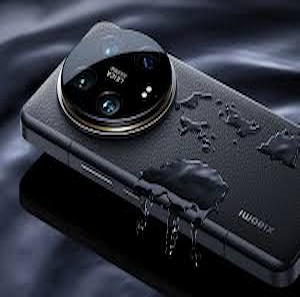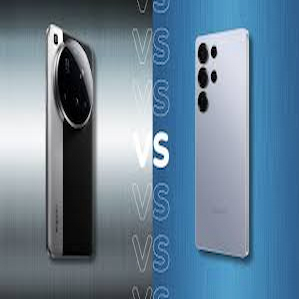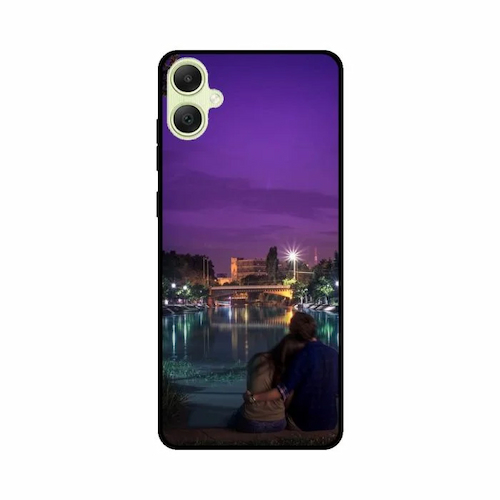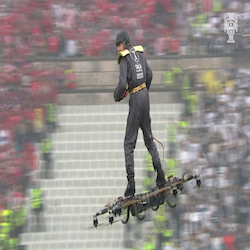Xiaomi’s 15 Ultra is unquestionably the superior option because to its amazing cameras and exceptional battery life. Xiaomi made minor adjustments to the Xiaomi 15 Ultra’s design, and the end product is a very amazing gadget. The two-tone version of the gadget, which I use in white, is designed to resemble vintage cameras and is certainly worth purchasing. Even though it weighs 226g, I didn’t notice that heft when using it frequently because of its attractive design, beveled sides, and rounded corners.
constructed to last; the rear is composed of a sturdy substance that can withstand knocks with ease, while the front is adorned with a bespoke glass solution from Xiaomi. I didn’t use a case with the phone, and the 15 Ultra still looks brand new after a month and a half of heavy use from trips to three different countries.
Samsung went with a similar design, although the Galaxy S25 Ultra is a little simpler to grasp because to its rounded edges. Apart from that, it is still a huge slab of a phone, and although the design is recognizable, Xiaomi’s smartphone is noticeably more unique. Nevertheless, the device is more rigid because to the titanium mid-frame.
IP68 ingress protection is provided for both devices, and I saw no problems with it. Both of them make use of ultrasonic biometric sensors, however the Xiaomi 15 Ultra’s sensor is the most user-friendly due to its quick authentication and convenient placement.
Xiamoi Amoled Panel
Xiaomi used the same 6.73-inch AMOLED panel as before, but this time it’s significantly brighter. The phone is substantially brighter than the S25 Ultra both indoors and outdoors, which is what counts in the end, even though it is as bright as the Pixel 9 Pro XL or the Vivo X200 Pro. Xiaomi has once again done a terrific job of fine-tuning the panel right out of the box, giving you plenty of adjustability along with brilliant colors and outstanding contrast.
Samsung deserves praise for successfully integrating a larger 6.9-inch panel with good color vibrancy into the S25 Ultra. The panel’s anti-reflective coating makes it ideal for outdoor use, and while it doesn’t become as bright as its competitors, viewing the panel in direct sunlight is not problematic.
Both phones offer good built-in audio and perform admirably when it comes to gaming and playing media. The brighter panel and better in-hand feel of the Xiaomi 15 Ultra give it the upper hand, but the S25 Ultra accomplishes a lot of things well, despite without the same wonderful feel.
Hardware Comparison of the Samsung Galaxy S25 Ultra and Xiaomi 15 Ultra
The same Qualcomm silicon powers both smartphones, so there is nothing lacking in terms of hardware. Naturally, Samsung receives a higher-binned version once more, reaching 4.47GHz, while Xiaomi’s basic platform reaches 4.32GHz. However, in day-to-day use, there is no discernible difference between the two. Both phones run demanding games with ease and are among the quickest on the market right now.

The Xiaomi 15 Ultra’s tendency to overheat during prolonged gaming sessions is one of its drawbacks; it gets hotter than the majority of the 2025 phones I’ve used, but the upside is that it doesn’t have any throttling problems. There are no problems with the Galaxy S25 Ultra in this area, and it remains a remarkable option.
RAM Comparison
Although the S25 Ultra base model has 12GB of RAM and 256GB of storage, Xiaomi sells 16GB/512GB as the regular model worldwide. It also uses the most recent UFS 4.1 storage module rather than Samsung’s UFS 4.0. Comparably, the Xiaomi 15 Ultra is the only device I have used up to this point that has a Bluetooth 6.0 radio. The Xiaomi 15 Ultra has an amazing vibration motor, and I had no problems connecting or making calls.
READ MORE: Picking The Ideal Samsung laptops This Year
Xiaomi has a distinct advantage when it comes to battery life; the 15 Ultra’s 5410mAh battery, which is available outside of China, easily lasts more than a day. Although the S25 Ultra’s 5000mAh battery lasts a day, it is not as long as Xiaomi’s smartphone. Then there is the charging issue, where Samsung has once again set a 45W limit on its phones. The 15 Ultra’s battery lasts longer and charges in less than half the time of the S25 Ultra thanks to Xiaomi’s retention of 90W charging.
Samsung Galaxy S25 Ultra vs. Xiaomi 15 Ultra: Camera Comparison
Without a doubt, the Xiaomi 15 Ultra offers a superior camera package overall. Images aren’t always consistent because the software I’m using still has some problems with HDR blooming. Even still, the Xiaomi 15 Ultra’s shot quality is far superior to the S25 Ultra’s; Samsung needs to change its approach in this regard.
This year, a 200MP Samsung HP9 tele lens with a 4.3x magnification and a secondary 50MP tele lens with a 3x magnification accompany the 15 Ultra’s 1-inch primary camera with a Sony LYT-900 image module. This is the most powerful pair of cameras until the Vivo X200 Ultra or Find X8 Ultra make their debut later this year. A 50MP wide-angle lens completes the rear cameras.
Even while the S25 Ultra has a new 50MP wide lens, Samsung’s 200MP primary camera from the previous year doesn’t nearly make as much of an impression as its Chinese competitor. In terms of dynamic range, color vibrancy, and detail rendition, the Xiaomi 15 Ultra is superior. One significant drawback of the S25 Ultra is that it lacks the segmentation and quality of the 15 Ultra, which is especially noticeable in portraits.
Samsung Galaxy S25 Ultra vs. Xiaomi 15 Ultra: Software
Both phones come pre-installed with Android 15, but Samsung has a clear advantage in terms of software upgrades. The Xiaomi 15 Ultra will only receive four Android updates, compared to seven for the S25 Ultra. Even though the S24 Ultra hasn’t switched to Android 15, it’s likely that the device will receive the stable build before the Xiaomi 14 Ultra because Xiaomi just doesn’t release updates on time. Samsung also does a far better job of releasing updates on time.
Both phones have the same software, so if you’ve already used a Xiaomi or Samsung phone, you’ll know what’s available right away. The S25 Ultra has a wide range of AI tools thanks to Samsung’s Galaxy AI initiative, and it performs admirably whether it is used for image creation or editing, writing support, transcription, or real-time translations. Although I also found success with the Xiaomi 15 Ultra’s built-in voice transcription tool, the phone lacks some of the S25 Ultra’s features, at least in terms of artificial intelligence.
There isn’t much to discuss aside from that. In comparison to the S25 Ultra, the Xiaomi 15 Ultra is more smooth and has less bugs than previous software versions. Although both skins offer a great deal of customization, they both require a visual makeover.
Which is better, the Xiaomi 15 Ultra or the Samsung Galaxy S25 Ultra?
Xiaomi didn’t need to do much to differentiate the Xiaomi 15 Ultra, and the addition of a new 200MP rear-facing lens in addition to the standard hardware and design upgrades makes the phone a true powerhouse. Despite minor HDR imaging discrepancies, it boasts the finest camera package of any 2025 device to date and produces amazing images and movies in almost any scenario.
This time around, the AMOLED panel is brighter, the UI is better, the battery lasts longer, and the design is better. The phone is hotter than its direct competitors, but aside from the heat, it has no drawbacks for gaming, and I didn’t notice any network problems.
The Xiaomi 15 Ultra’s availability is ultimately the main problem; Xiaomi still does not sell phones in the United States, which makes it difficult to obtain the device locally. However, it is easier to purchase than the Find X8 Pro and Vivo X200 Pro, which is a significant factor in and of itself, because the phone is available in India, the United Kingdom, and important Western countries.
Regarding Samsung, I don’t think the Galaxy S25 Ultra is worth the money because it doesn’t accomplish enough to make a difference. It is still a fantastic phone in and of itself, and if you’re using an older Samsung phone and would like to move, it’s a good option. However, aside from the long-term update promise, the Xiaomi 15 Ultra excels in almost every category. If you’re not loyal to Samsung, I strongly advise you to switch to Xiaomi; you’ll be amazed at what this phone can accomplish on a daily basis.



